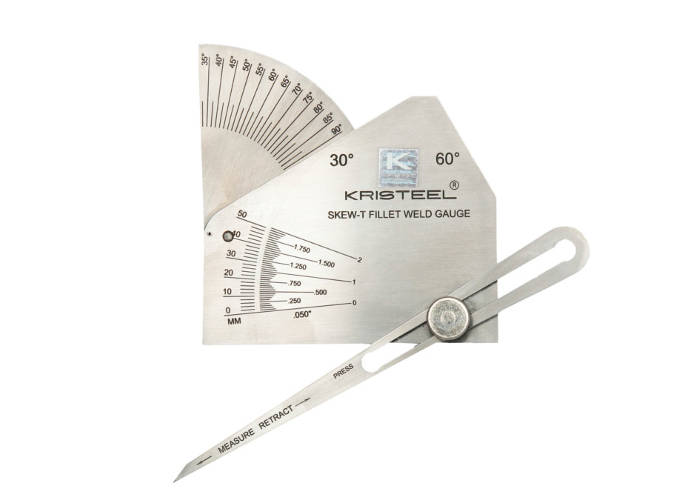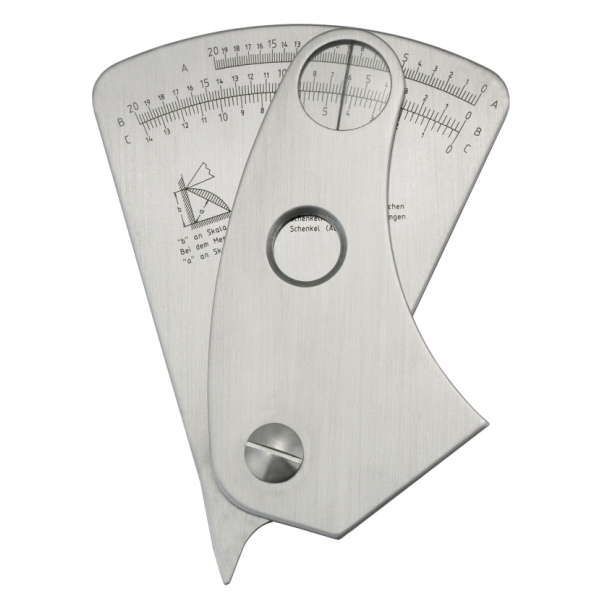Gauge Fillet Weld Explained: From Essentials to Advanced Techniques
Wiki Article
Checking Out the Advantages of Fillet Welding in Manufacture: Affordable Solutions for Diverse Industries
In the realm of fabrication, the utilization of fillet welding offers an engaging recommendation for markets seeking cost-effective remedies without endangering structural integrity. The benefits of fillet welding prolong past simple financial cost savings to include enhanced structural performance, adaptability across diverse industrial applications, and the assurance of exceptional toughness and toughness. As we navigate via the functional benefits that fillet welding deals, a much deeper understanding emerges of how this welding method can transform construction processes throughout various fields.
Economical Solution for Fabrication
Fillet welding serves as a cost-effective remedy in construction processes, offering both effectiveness and resilience. This welding strategy entails joining two pieces of steel at an angle, creating a triangular cross-section. The simplicity of fillet welding makes it a prominent selection in numerous industries, including building, auto, and manufacturing.
Among the essential benefits of fillet welding is its capacity to lower product and labor costs. By utilizing fillet welds rather of various other intricate joint designs, producers can save money on materials and manufacturing time. Furthermore, fillet welding calls for minimal prep work contrasted to various other welding techniques, even more lowering construction expenses.
Additionally, fillet welds provide exceptional architectural stamina, ensuring the longevity and toughness of the produced elements. The triangular form of the weld distributes stress much more evenly, reducing the chance of joint failing (Gauge Fillet Weld). This structural integrity not only improves the general quality of the completed item yet likewise decreases upkeep and fixing costs over time
Enhanced Structural Efficiency With Fillet Welding
Enhancing architectural effectiveness via the application of fillet welding methods is a crucial facet of guaranteeing optimal efficiency and resilience in made frameworks. Fillet welding plays a key duty in boosting structural effectiveness by successfully dispersing tons and anxieties throughout the welded joints. By producing a smooth transition in between the linked parts, fillet welds help to improve the general strength and security of the structure.Among the significant benefits of fillet welding in boosting architectural effectiveness is its capability to sign up with products of differing densities. This versatility allows for the construction of light-weight frameworks without jeopardizing on stamina. Additionally, the smooth account of fillet welds decreases stress concentrations, which can assist prevent early failing of the bonded joints.
Moreover, fillet welding allows the construction of intricate geometries with simplicity, giving developers with more flexibility in developing efficient and cutting-edge frameworks. By optimizing the style and placement of fillet welds, engineers can maximize the structural effectiveness of fabricated components, eventually causing cost savings and boosted performance in varied industries.
Convenience in Diverse Market Applications
With its capability to provide view to a vast array of product thicknesses and geometric complexities, fillet welding stands as a versatile manufacture strategy that locates applications across diverse industries. Additionally, the aerospace sector counts on fillet welding for the construction of aircraft components, making certain stamina and longevity in important components. Generally, the versatility of fillet welding makes it a vital procedure in numerous sectors, using economical remedies for complex fabrication demands.

Superior Strength and Durability
When considering welding techniques for producing frameworks that need remarkable durability and longevity, the focus changes towards techniques that can regularly supply premium stamina and sturdiness. Fillet welding plays a critical duty in achieving these features because of its capability to provide substantial strength by distributing loads uniformly across the welded joint. This welding technique develops a triangular cross-section that improves the weld's resistance to various kinds of stress and anxiety, consisting of compression, tension, and shear pressures. check my site Consequently, structures fabricated utilizing fillet welds show raised longevity and can endure substantial mechanical pressures without endangering their honesty - Gauge Fillet Weld.The remarkable toughness and sturdiness used by fillet welding make it a suitable choice for applications in markets such as building, vehicle, aerospace, and manufacturing, where structural honesty is critical. By utilizing fillet welds in manufacture, engineers and manufacturers can make certain that their items satisfy rigorous quality and security requirements while maximizing cost-effectiveness and manufacturing performance. In significance, the remarkable resilience and durability given by fillet welding make it a recommended welding strategy for creating durable and durable frameworks across diverse markets.
Practical Advantages of Fillet Welding
Provided the shown remarkable toughness and toughness in bonded joints, the practical advantages of fillet welding expand past architectural honesty to include effectiveness and cost-effectiveness in manufacture processes. Additionally, fillet welding enables for raised performance due to its versatility in joining various kinds of products, forms, and thicknesses. In general, the functional advantages of fillet welding make it a useful choice for business seeking economical and effective remedies in construction.Verdict
Finally, fillet welding uses an affordable option for fabrication, offering boosted architectural performance, adaptability in varied sector applications, superior strength, and durability. The useful benefits of fillet welding make it a preferred selection for various construction projects throughout different fields. Its ability to effectively join products while keeping structural honesty makes it a useful method for making certain reliable and top notch results in welding applications.
Additionally, fillet welding calls for minimal prep work contrasted to other welding methods, additionally reducing manufacture expenses.
Given the shown premium strength and durability in welded joints, the useful benefits of fillet welding prolong beyond structural honesty to you can check here incorporate performance and cost-effectiveness in manufacture processes - Gauge Fillet Weld.In verdict, fillet welding supplies an economical service for construction, providing boosted structural effectiveness, adaptability in varied industry applications, exceptional stamina, and durability
Report this wiki page